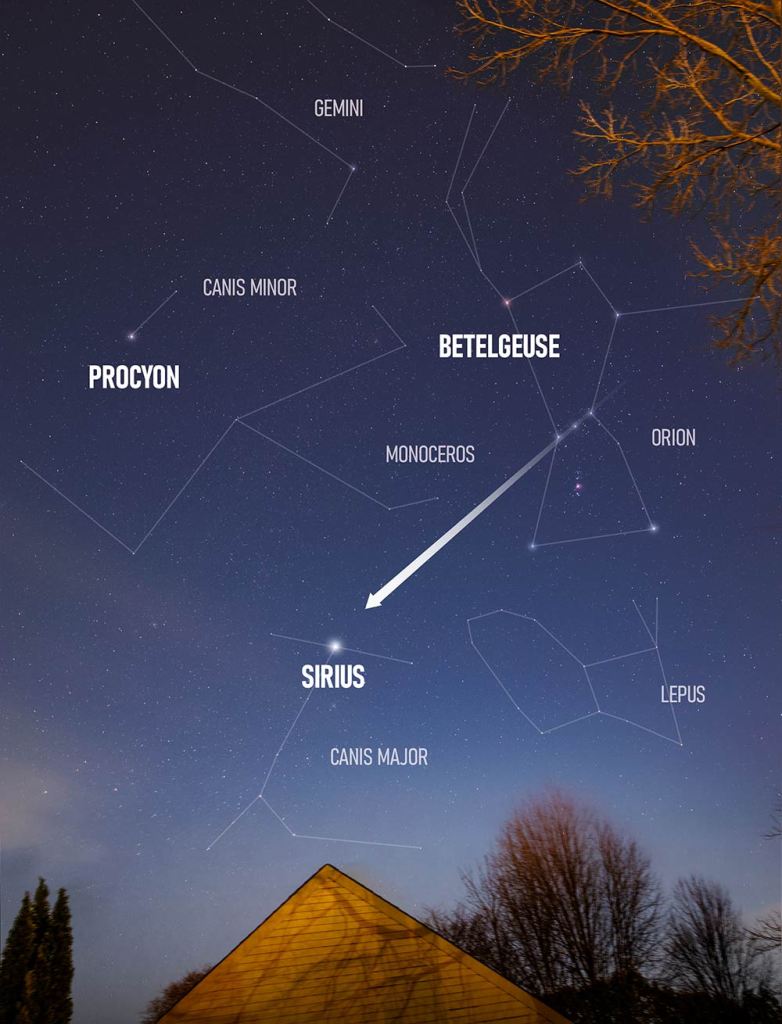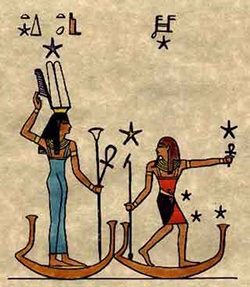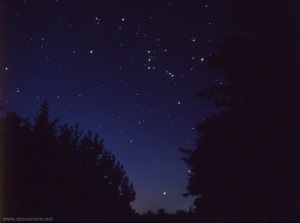I am always delighted when I find out something new about Isis. Yes, even after all this time, I still occasionally find new things. This new thing is small, but interesting enough to share with you. It’s about one of Isis’ syncretisms that I hadn’t previously known about.
Living on or near the Nile, ancient Egyptians naturally ate a lot of fish. The varieties are beautifully and naturalistically depicted in tombs and on stelae. Tilapia, catfish, eel, mullet, and Nile perch were often on the menu and we find their bones in archeological digs. Fish were grilled, salted, and dried. Fishy extracts might also be used in medicines. A modern Egyptian spring celebratory dish consists of mullet, packed whole in salt for 45 days, then consumed raw with lime and bread. Many modern Egyptians believe this tradition is inherited from ancient times.
When it comes to Isis’ story, we have a bit of a fish problem. The oxyrhynchus fish, a Nile freshwater fish and a species of elephantfish, is usually identified as the fish that ate Osiris’ phallus after it got tossed in the Nile after His dismemberment. (Though sometimes, the Nile carp or the lepidotes fish is named as the culprit.) Due to this loss, Isis had to fashion a new phallus for Osiris’ mummification and resurrection. He had to be whole.
It may have been this myth that led to Egyptian priests not being allowed to eat fish during their service, a taboo recorded by the Greek historian Herodotus. Plutarch, in his rendition of the Isis-Osiris tale, calls the fishes who ate the phallus of Osiris “impious” and says they were cursed ever after, and that Egyptians wouldn’t eat fish because of it. (Which, of course, we know is not true; they ate plenty of fish.) What’s more, the oxyrhynchus fish wasn’t cursed everywhere. It fact, it was sacred in the town of Oxyrhynchus. Learn more about Oxyrhynchus here. Though Fish Deities were rare in Egypt, there were a few other fish that were considered sacred in different areas, and so were not eaten. And there may have been other occasional taboos on eating certain fish at certain times.
In addition to having this particular complication with the phallus-eating fish, our Goddess Isis has another interesting connection with the fishes.
From the New Kingdom on, Isis was assimilated with a Fish Goddess named Hatmehyt, meaning “Foremost of the Fishes.”(Or perhaps we should say that the Fish Goddess was assimilated with Her.) Hatmehyt was the chief Goddess of the delta city of Djedet (Mendes to the Greeks) where the Ram God Banebdjedet was Her consort. Banebdjedet means “Ram Lord of Djedet” or “Ba of the Lord of Djedet.” Banebdjedet came to be associated with Osiris. In the Book of the Heavenly Cow (the one that has the story of Sakhmet’s near destruction of humankind), it says specifically that the Ram of Mendes is the Ba (soul or manifestation) of Osiris.
If Banebdjedet is associated with Osiris, then Hatmehyt must be associated with Isis. Although we find a few traces of Her much earlier, Hatmehyt was most prominent during the New Kingdom and the later periods. It was because of Her growing prominence that we begin to see Her connected to more dominant Deities like Isis. Hatmehyt is usually shown as a woman with a fish emblem on Her head. Sometimes, She is fully a fish. Her fish-form is commonly identified as the schilbe, which is a kind of catfish native to Egypt. But some researchers have identified Her fish as the Nile carp, the tilapia, or even the dolphin, which were known to travel up the Nile. As Foremost of the Fishes, it may be that She can change Her fish-form at will.
Edward Butler of Henadology notes that “mehyt,” meaning “fish” can also mean “drowned,” which is how Osiris is killed in some texts. On a Ptolemaic stele from the city of Djedet/Mendes, we find the king and queen making offering to the Deities of Djedet. Banebdjedet, in full ram-form, is there. Next to Him is a ram-headed God identified as “Ba, life of, Ba life of Wsir (?).” The question mark is a scholarly note because the name is too damaged to fully read. However, the reconstruction of the name as Usir/Osiris is based on the very clear identification of the Goddess Who stands behind Him.
She is Iset Weret Hatmehyt or “Isis the Great-Hatmehyt.” So, here is our syncretic Goddess Iset-Hatmehyt. She is Isis, Foremost of the Fishes. From an inscription on the Temple of Denderah, we learn that Hatmehyt is She Who “searches [for the members of] Her brother upon the flow.”

Perhaps as a Fish Goddess, She is particularly adept at finding His body parts in the waters or “upon the flow.” In fact, Denderah records a handful of such references to Hatmehyt searching for Osiris’ members, protecting Him in His sarcophagus, and even being His sister—just like Isis. What’s more, the son of Hatmehyt and Banebdjedet is Horus the Child. Each mythological strand weaves the connection between the two Goddesses closer.
While I never really thought about Isis as a Fish Goddess, I do recall a shapeshifting exercise with Nephthys wherein I am a fish. So perhaps, I have some meditation to do with Iset-Hatmehyt. I’m thinking there may be some wet and watery connections between the Fish Goddess and the lost-in-the-waters phallus of Osiris. The Egyptians, surrounded by desert, always thought of the waters as kinda sexy. Heqet, the fertile Frog Goddess, was no doubt rather moist and slippery, just like our perhaps-equally-moist-and-slippery Fish Goddess, Iset-Hatmehyt.

















